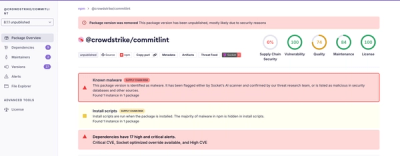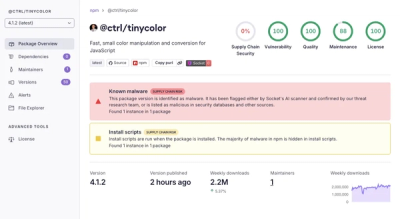
Managed, cancelable and safely typed requests.







Table of Contents
Install
yarn add react-request-hook axios
npm install --save react-request-hook axios
Quick Start
import {RequestProvider} from 'react-request-hook';
import axios from 'axios';
const axiosInstance = axios.create({
baseURL: 'https://example.com/',
});
ReactDOM.render(
<RequestProvider value={axiosInstance}>
<App />
</RequestProvider>,
document.getElementById('root'),
);
function UserProfile(props) {
const [profile, getProfile] = useResource(id => ({
url: `/user/${id}`,
method: 'GET'
})
useEffect(() => getProfile(props.userId), [])
if(profile.isLoading) return <Spinner />
return (
<ProfileScreen
avatar={profile.data.avatar}
email={profile.data.email}
name={profile.data.name} />
)
}
Usage
useResource
The useResource hook manages the request state under the hood. Its high-level API allows one request to be made at a time. Subsequent requests cancel the previous ones, leaving the call to be made with the most recent data available. The API is intended to be similar to useState and useEffect.
It requires a function as the first argument that is just a request config factory and returns a tuple with the resource state and a function to trigger the request call, which accepts the same arguments as the factory one.
const [comments, getComments] = useResource(id => ({
url: `/post/${id}/comments`,
method: 'get',
}));
The request function returns a canceler that allows you to easily cancel a request on a cleaning phase of a hook.
useEffect(() => {
if (props.isDialogOpen) {
return getComments(props.postId);
}
}, [props.isDialogOpen]);
interface Resource {
isLoading: boolean;
data: Payload<Request> | null;
cancel: (message?: string) => void;
error: RequestError | null;
}
The request can also be triggered passing its arguments as dependencies to the useResource hook.
const [comments] = useResource(
(id: string) => ({
url: `/post/${id}/comments`,
method: 'get',
}),
[props.postId],
);
It has the same behavior as useEffect. Changing those values triggers another request and cancels the previous one if it's still pending.
If you want more control over the request calls or the ability to call multiple requests from the same resource or not at the same time, you can rely on the useRequest hook.
useRequest
This hook is used internally by useResource. It's responsible for creating the request function and manage the cancel tokens that are being created on each of its calls. This hook also normalizes the error response (if any) and provides a helper that cancel all pending request.
It accepts the same function signature as useResource (a function that returns an object with the Axios request config).
const [request, createRequest] = useRequest((id: string) => ({
url: `/post/${id}/comments`,
method: 'get',
}));
interface CreateRequest {
(...args): {
cancel: (message?: string) => void;
ready: () => Promise;
};
}
interface Request {
hasPending: boolean;
clear: (message?: string) => void;
}
By using it, you're responsible for handling the promise resolution. It's still canceling pending requests when unmounting the component.
useEffect(() => {
const {ready, cancel} = createRequest(props.postId);
ready()
.then(setState)
.catch(error => {
if (error.isCancel === false) {
setError(error);
}
});
return cancel;
}, [props.postId]);
request
The request function allows you to define the response type coming from it. It also helps with creating a good pattern on defining your API calls and the expected results. It's just an identity function that accepts the request config and returns it. Both useRequest and useResource extract the expected and annotated type definition and resolve it on the response.data field.
const api = {
getUsers: () => {
return request<Users>({
url: '/users',
method: 'GET',
});
},
getUserPosts: (userId: string) => {
return request<Posts>({
url: `/users/${userId}/posts`,
method: 'GET',
});
},
};
createRequestError
The createRequestError normalizes the error response. This function is used internally as well. The isCancel flag is returned, so you don't have to call axios.isCancel later on the promise catch block.
interface RequestError {
data: Payload<Request>;
message: Error['message'];
code: number | string;
}
Type safety for non typescript projects
This library is entirely written in typescript, so depending on your editor you might have all the type hints out of the box. However, we also provide a payload field to be attached to the request config object, which allows you to define and use the typings for the payload of a given request. We believe that this motivates a better and clean code as we're dealing with some of the most substantial parts of our app implementation.
const api = {
getUsers: () => {
return {
url: '/users',
method: 'GET',
payload: [{
id: String(),
age: Number(),
likesVideoGame: Boolean(),
}],
});
},
};
And you'll have

Example
You can try out react-request-hook right in your browser with the Codesandbox example.
The example folder contains a /components folder with different use cases, like infinite scrolling components, search input that triggers the API, and so on. It's currently a work in progress.
Acknowledgement
Thanks to @kentcdodds for making this implementation a lot easier to test. create-react-library for the initial setup and Grommet with its great components used in the examples.
License
MIT











